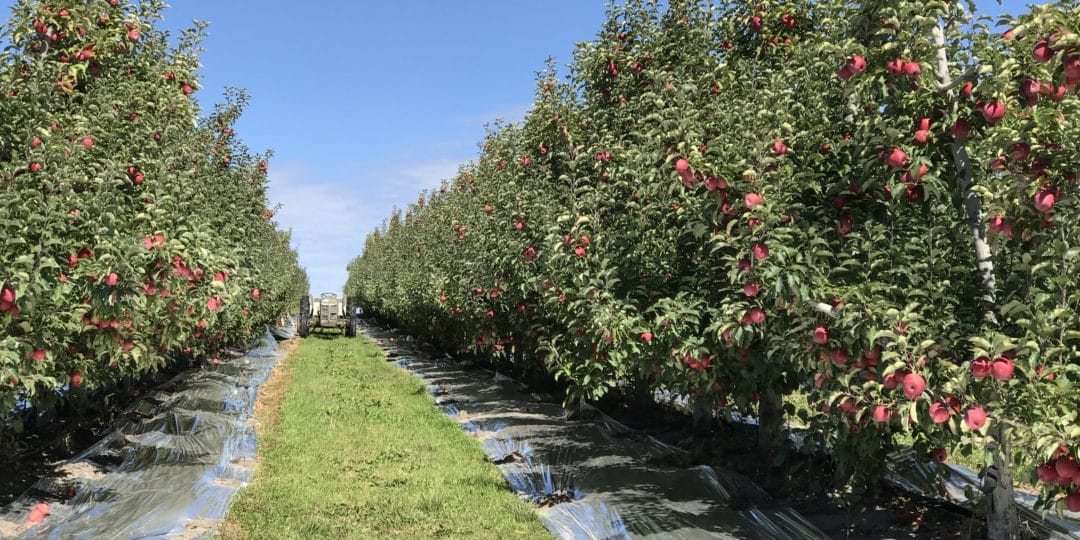Pesticides in the Field: What Do We Really Know?
by Robert Anderson

New research on the impacts of neonicotinoid pesticides on bee health has given us important insight into the exact problems that can arise when bees are exposed to these chemicals. However, most of this research has been done in a laboratory setting and has not resulted in any concrete solutions to protect bees in natural environments.
Do Neonicotinoids Actually Pose A Substantial Threat to Bee Health?
One laboratory study from 2014 indicates that neonicotinoid pesticides may not be an issue if used for short periods of time. When bees ingested a food source containing small amounts of a pesticide, some bees reduced their levels of activity and rates of feeding. After they switched to eating regular food sources, they regained normal behavior. This ability to bounce back provides optimism that pesticides could be used on crops that only need them for part of the year.
However, other research suggests that this optimism for a perfect solution may not be realistic. A 2015 laboratory study showed that even though bees cannot detect plants that have been treated with chemicals, they still have a tendency to consume nectar from food sources containing small amounts of certain pesticides. This surprising preference raises the likelihood of being exposed to pesticide residue.
While these findings alone should not destroy the hope that pesticides can be used in moderation, tests in the environment have indicated that small amounts of pesticides may remain on plants even after treatment ends. If bees prefer to forage on these plants, it may make them unable to regain any behavioral changes.
Given these considerations, there cannot be a concrete answer to the threat level pesticides can actually pose to bees. One reason for this could be that the studies addressed do not take real-world environmental conditions into account.
Can Laboratory Studies Be Expanded to the Field?
It is very difficult to make real-world decisions based on findings from artificial environments. Even though the amount of pesticides bees are exposed to in labs is typically close to what they would experience outside, experiments do not standardize these amounts. While all levels of pesticide exposure led to negative impacts on bees, there is also no guarantee that the results found in labs will be the same outdoors.
A recent study across the European Union found that there was a great deal of environmental variation on the impacts of pesticides on reproductive ability. While pesticide exposure reduced reproductive success in all study locations, the exact findings depended a lot on how far north the study took place. The differing results of this study highlight the importance of considering local conditions when questioning the exact effects of pesticides.
Overall, most papers that have expressed some amount of concern on the impacts of pesticides on bee health have also indicated that future research must be done to assess the exact impacts in real-world conditions. Laboratory studies are a good jumping off point to know what the dangers associated with pesticide use might be, but they are not an end-all-be-all for any policy changes addressing pesticide use.
It is also important to remember that the effects felt by individual bees may not expand to the colony level. It may be possible that the entire colony could withstand major effects of pesticide exposure. In general, it is necessary for future research to use the findings of laboratory studies as consideration for paths to take to better understand the impacts of pesticide use on colonies in natural environments.
Rob is a senior Environmental Science undergraduate at Northeastern University. He has also served as a co-op with our affiliate, the Best Bees Company, where he spent several months working full time as a beekeeper.